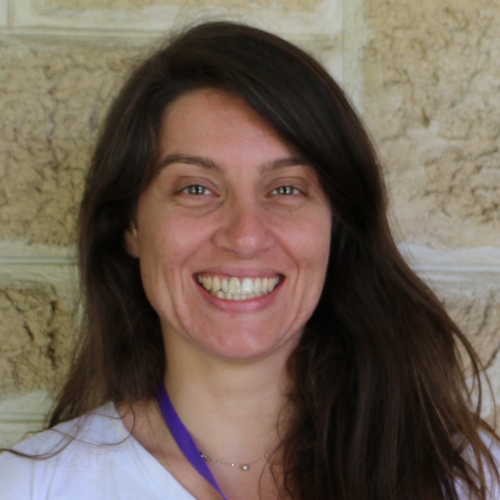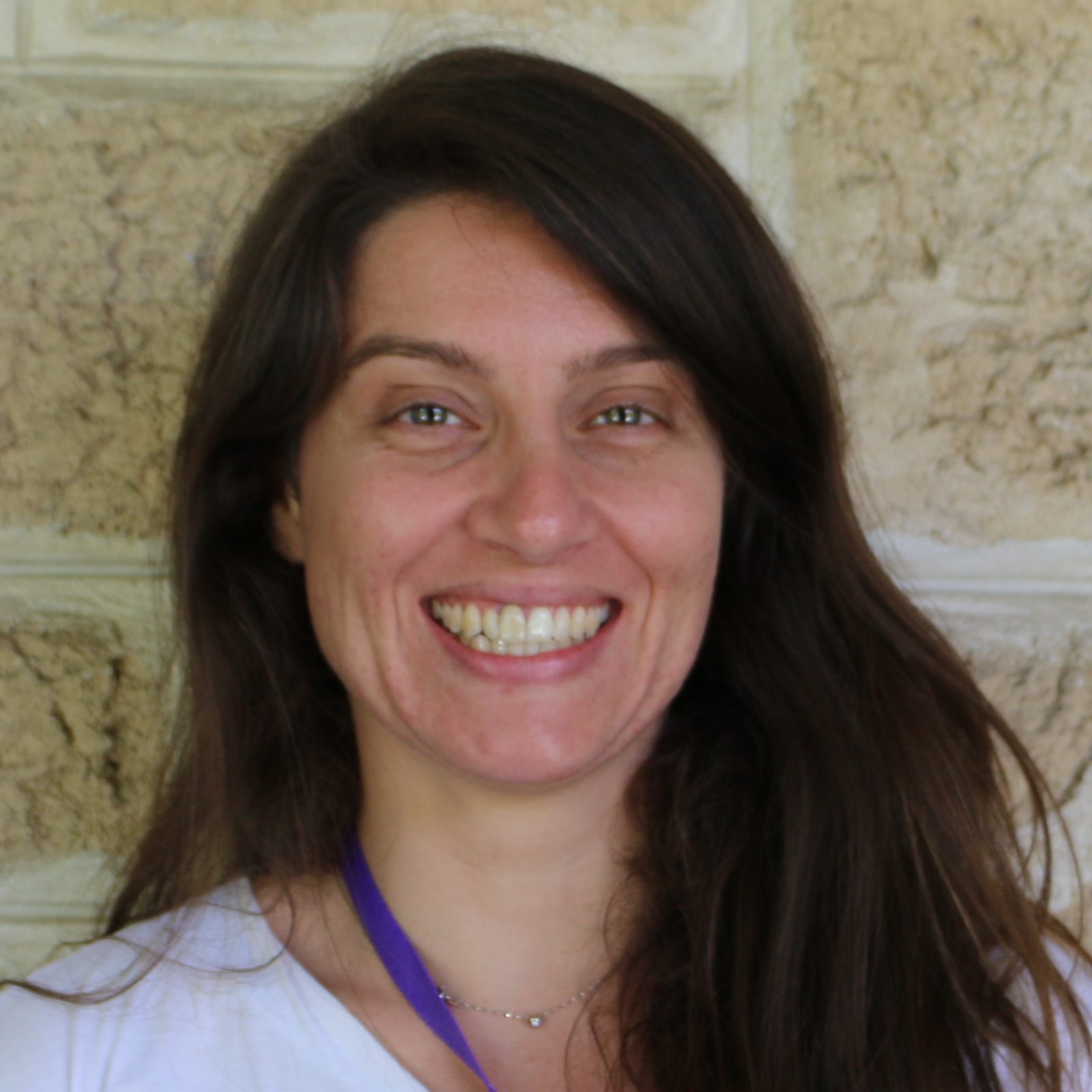
Jennifer C. Boer
RMIT University
I am and early career postdoctoral researcher committed to the development of innovative treatment approaches against malignant brain tumours (glioblastoma). To this effect I have progressed to acquire cross-disciplinary expertise in biotechnology, neuroscience, medical oncology and immunology. I completed my bachelor in biotechnology at the University of Tor Vergata in Rome, after which I moved to the Netherlands to complete a Research Master in behavioural and cognitive neuroscience, majoring in clinical and molecular neuroscience. During my masters I completed a research project in Vancouver at the University of British Colombia where, with the use of stem cell markers, I assessed the histomorphometric characteristics of malignant braint tumours (glioblastoma, GBM) for diagnostic purposes. After that I got a PhD position offered at the University Medical Centre of Groningen in the Netherlands where I studied a bacterial derived protein called Chemotaxis Inhibitory Protein of S.aureus (CHIPS), as a therapeutic option for GBM. Following the completion of my PhD, I decided to move to Melbourne where I am currently evaluating the potential use of nanoparticles as a therapeutic option both in the context of Asthma (as anti-inflammatory compounds) and also in the context of malignant brain tumours (as a treatment vaccine).
Can you give me a quick overview of the type of mathematics you are studying and its potential impacts for the broader community
The type of mathematics that I am studying is mainly by using the statistical program R. I am currently evaluating the potential use of nanoparticles as a therapeutic option both in the context of Asthma and malignant brain tumours, our nanoparticles are showing great potential, but their exact functions are poorly understood. In order to understand the mechanisms that drive these novel nanoparticle properties and how they are affecting the immune system, we are using big datasets consisting of RNAseqs (RNA-Seq provides an accurate and comprehensive view of all the RNA molecules expressed from the genes of an organism) and Microarrays (a set of DNA sequences to measure the expression levels of large numbers of genes). As part of my methodology, in order to understand and analyse these large datasets, I apply bioinformatics, which is the use of computer programming. Learning how the nanoparticles are working exactly will greatly help us to further develop nanoparticle-based treatments for asthmatic patients (which will potentially help reduce their inflammatory state as a result of the treatment) and for brain tumour patients in which the use of nanoparticle-based vaccines could be a great asset in the context of immunotherapy. Finally, to facilitate translation to the clinic, in a human trial, I am further mapping key differences in how the young and the elderly respond differently to vaccines, including broad systemic effects, which has included collection of samples to perform profiling by RNAseq. We already found that multiple specific proteins are upregulated when changing vaccination sequences. By using bioinformatics we will be able to tease out the drivers of these changes. Our research and the use of bioinformatics would provide vital benefits to address our current research into optimizing vaccination benefits in the elderly in large scale human trials in Tasmania, with immediate translational potential, as well as developing vaccines with new properties, using nanotechnology.
You attended AMSI BioInfoSummer, what drew you to this event? What was the most valuable part of AMSI BioInfoSummer for you in terms of furthering your career in mathematical sciences?
As an adjunct of Monash university it is possible to access the Monash Bioinormatics platform in which the different staff members offer great help in progressing analysis and assuring that quality control of the analysis pipelines are kept. One of my mentors mentioned to me that AMSI bioinfosummer would be a great place to further progress in this field. After taking a look at the program I was greatly excited by the topics which are very closely related to what I am doing at the moment or will be doing in the near future. Aside from the interesting topics, the workshops attracted me the most. They were of great help in further giving me a direction on how to progress my analysis. Specially excellent tools were provided to deal with the huge pitfalls that can occur in bioinformatics as the complexity of the analysis increases.
Did this event lead to any new projects, collaborations? What were some outcomes in terms of your work?
I met many interesting people at BioInfoSummer, including other researchers from RMIT and specifically biostatisticians. Their help will be invaluable in progressing the next steps of my own research as well as with the progression of the clinical trials in which our lab is currently involved.
You received a CHOOSEMATHS Grant to assist your attendance at AMSI BioInfoSummer. How important was this in terms of your ability to attend and fully participate in the sessions throughout the week? How did you hear about the grant?
Participating at AMSI BioInforSummer has been of great value as it will directly enable the successful progress of the above-mentioned projects in the short and medium term. In addition, it will support my long-term career aim as a cross-disciplinary researcher, to increasingly be analysing big data sets. I heard about the Grant via the website Bioinfosummer website.
How important are initiatives such as the CHOOSEMATHS Grants in terms of fostering the participation and achievement of women in mathematics, particularly in terms of access to networking opportunities and further training opportunities?
Initiatives like CHOOSEMATHS are extremely important. The experience of the CHOOSEMATHS lunch has been an incredible networking opportunity and has also given me a lot of prospective on where women currently stand in the world of maths. Furthermore, although meeting new people doesn’t necessarily lead to a collaboration, it does lead to connections with like minded women. These connections will contribute to us helping each other out in progressing our research.
In what ways has the experience impacted your maths studies? Has it influenced the direction of your research?
The experience has not necessarily influenced the direction of my research, but it has influenced the direction of my thinking. This will have a big impact on the quality of my work and the has made me mindful of the different ways to achieve this.
The CHOOSEMATHS Grants are part of a broader program being delivered by AMSI Schools with support from the BHP Foundation to turn the tide on Australia’s maths deficit and strengthen maths education and participation of women across the discipline. What do you see as the big challenges facing maths in Australia, particularly for women?
I think the main challenges facing maths for women in Australia is the general dominating notion that maths is too hard. I also think that maths should be obligatory throughout all years of high school. Regardless of our future endeavours, each one of us will be dealing with maths one way or another. Therefore it is important to have ambassadors in schools to make students understand that maths is important – Maths is not an option, it’s a necessity – The CHOOSEMATHS lunch has inspired me to really start thinking about participating in the ambassador program to make girls understand that women are very much capable of pursuing a career in maths.
Did you always want to pursue a career in maths? Were you encouraged to study these subjects at school?
Unfortunately I wasn’t really encouraged to do these subjects (although I didn’t have much choice because they were compulsory at my school). But I did have an amazing teacher in high school whom I really appreciated as the level of math that she taught us was high enough to get through my access course exams at university (for Biotechnology). At university, unfortunately statistics was not compulsory, so not understanding its importance I did not take the course. I wish someone would have given me the notion of how valuable maths and statistics are and how useful they would be in different stages of my life even though I wouldn’t be calculating functions of sine and cosine to buy a car.
Where do you see yourself in five or ten years time?
I am an early career postdoctoral researcher committed to the development of innovative treatment approaches against malignant brain tumours (glioblastoma). To this effect I have progressed to acquire cross-disciplinary expertise in biotechnology, neuroscience, medical oncology and immunology. The following 5 years, my career aim as a cross-disciplinary researcher, is to increasingly be analysing big data sets, to support precision medicine approaches, including precision vaccination, in human cancers, and specifically brain tumours.
If a peer asked you if they should attend AMSI BioInfoSummer, how would you describe the conference to them?
I would describe it as an amazing place to be, whether you just started doing bioinformatics in which case some of the workshops are a really good place to jumpstart and progress your knowledge in bioinformatics. But also if you are a more advanced bioinformatician, it is an amazing place to make new connections with fellow researchers who are progressing their research using bioinformatics in many different ways.
Any other feedback/comments you would like to provide on the CHOOSEMATHS grant or AMSI BioInfoSummer?
The CHOOSEMATHS lunch has been an amazing experience. I have met many peers and made connections. Mainly the first part in which the presentation on the importance of choosemaths’s existence, how it operates and making the audience aware about the importance of women in maths was extremely important.

